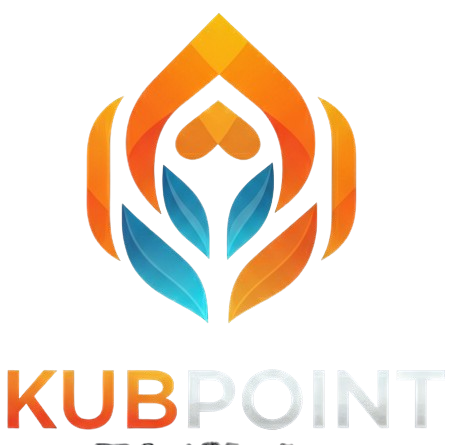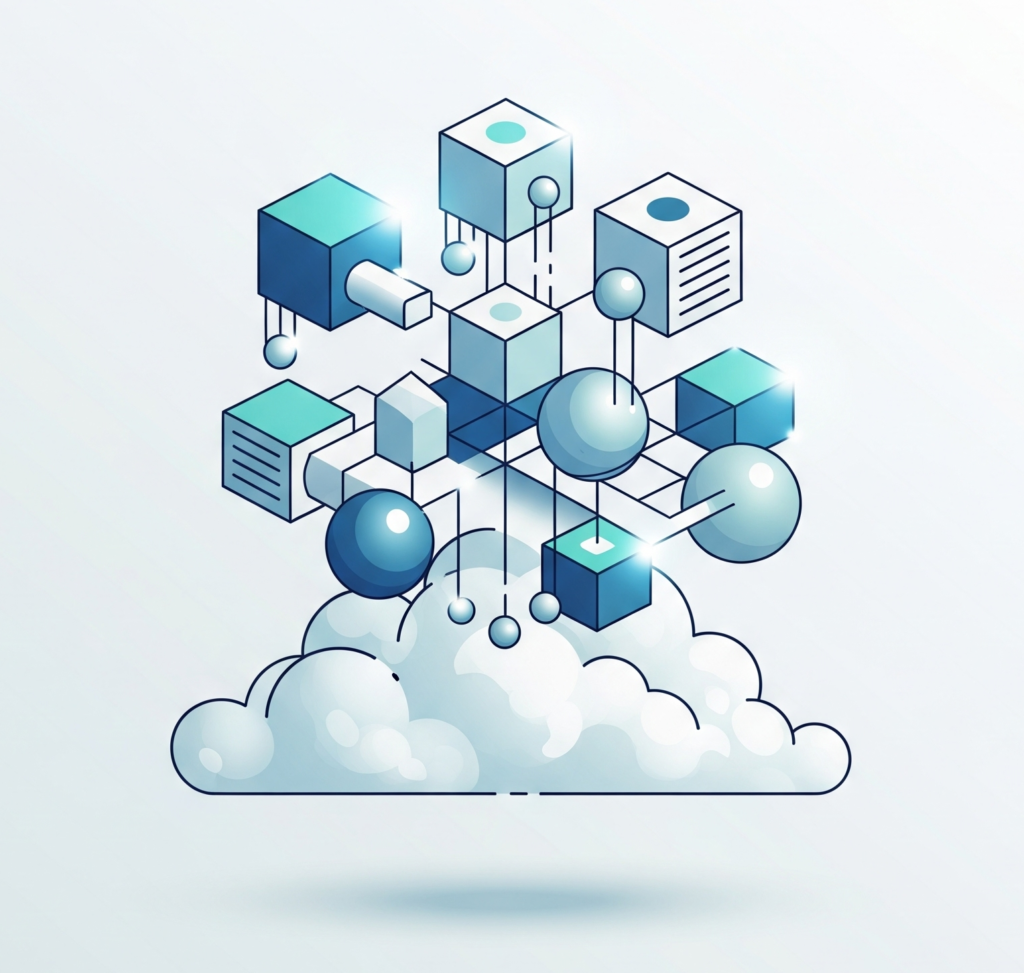So many of us are using AI assistants and there are so many out there. I thought It’d be fun to showcase how different these tools can be and describe their strengths and weaknesses.
When it comes to AI assistants, there are a lot of topics, from coding to image creation to recipes. That’s right… I ask CoPilot how to make a cake and other things. In fact AI is so good at baking that it’s crazy. Don’t believe me, I prompted CoPilot for a chocolate that is moist. I don’t have the exact prompt anymore but this has become my go-to recipe for birthdays. I would have never thought that adding boiling water to a cake batter would be a good idea. Thanks CoPilot! Check out this cake:



As said, recipes are not the only reason to use an AI Assistant. The help us speed up our work with coding and help those of us who are not artistically inclined be better artists. My son really gets grumbly over this one. He says AI cheapens artist’s work; however, I feel like you need to look at this topic from a new viewpoint. Remember these are tools we use to enhance what we do, not to replace us!
Comparing image generation across different AI assistants
AA
Using a simple prompt, I asked CoPilot, Gemini, and Claude to create a universal icon for a data warehouse.
Prompt: “Create a universal icon, to be used in a blog post, that represents a data warehouse in the cloud. The icon should not copy Microsoft, AWS, Oracle, Databricks, Snowflake, or GCP.“
Copilot

Gemini


Summary & How image generation works in AI
I feel like Gemini is the clear winner, you could argue that CoPilot did a decent job; but, it goes without saying that Claude fell on face first and far short. Why is this? For image generation, we’re talking about Diffusion models. These models work by gradually adding noise to training images until they become pure noise, then learning to reverse this process. During generation, the model starts with random noise and iteratively removes it to create a coherent image.
Microsoft Copilot
Copilot utilizes DallE3 from OpenAI to power its image generation capabilities. This means Copilot doesn’t have its own image generation model but integrates OpenAI’s DALL-E 3, which is indeed a diffusion model. Copilot uses OpenAI’s Dall-E 3 for its image generation features.
Google Gemini
Gemini uses Imagen 3, recently made generally available, and Gemini uses Imagen 3, one of the most advanced image generation models available. Additionally, for Gemini, use Gemini 2.0 Flash Preview Image Generation. For Imagen, use one of the Imagen models (Imagen 3, Imagen 4 or Imagen 4 Ultra).
Claude (Anthropic)
Claude is limited to text-based output via the chat and does not have any image‐generation module in the API. Claude can analyze and work with uploaded images but cannot generate new images. This remains true even with the latest Claude 4 models – Anthropic has focused on reasoning capabilities rather than image generation.
Overview
| Feature / Model | Copilot | Gemini | Claude (Sonnet 4) |
| Primary Image Generation Capability | Yes (Generates images from text prompts) | Yes (Generates images from text prompts; also text-and-image-to-image) | Limited (Primarily for analyzing visual inputs, generating visualizations/plots from data/code, not free-form artistic/photorealistic image generation) |
| Underlying Models | DALL-E 3 (and now GPT-4o for native image generation) | Imagen models (Imagen 3, Imagen 4, Imagen 4 Ultra), Gemini’s built-in multimodal capabilities | Focus on “vision” capabilities for analysis; can generate visualizations within code execution. |
| Image Editing/Modification | Yes (Can modify generated images with follow-up prompts) | Yes (Supports image editing and multi-turn image editing within chat) | No (Not designed for arbitrary image editing) |
| Output Quantity | Typically generates 4 images per prompt | Varies, often generates multiple options (e.g., 2-4) | Generates visualizations/plots based on data/code, not multiple image variations in the same way |
| Image Styles | Supports various styles (photorealistic, surrealism, anime, etc.) | Aims for creativity, photorealism, improved clarity, and typography (with Imagen models) | Generates plots/charts; style depends on plotting library and data. |
| Input Modalities | Text prompts; can use existing images for style reference | Text prompts; can also take images as input for analysis and generation | Images as input for analysis (e.g., charts, diagrams) |
| Availability | Microsoft Designer, Microsoft 365 Copilot app, Copilot website | Gemini Apps (web and mobile) | Available through Anthropic’s API and platforms like Amazon Bedrock, Google Cloud Vertex AI |
| Cost | Free with a Microsoft account (for basic usage) | Varies by plan/usage (e.g., free tier available, paid tiers for higher limits) | Varies by API usage/platform |
| Text within Images | Can generate legible text within images (with DALL-E 3) | Can generate text with an image (a focus for Imagen models) | Not applicable for free-form image generation; can display text on generated plots |
Summary:
Copilot and Gemini are strong contenders for general text-to-image generation and offer features for editing and refining those images. They are designed for creative image generation across various styles.
Claude Sonnet 4, on the other hand, is not a dedicated text-to-image generator in the same vein. Its “image generation” capabilities are primarily tied to its ability to process visual information (like charts or diagrams) and to generate visualizations or plots when executing code, making it more of a tool for data interpretation and visual representation from structured data.
What about code generation?
Try this prompt in CoPilot, Gemini, and Claude:
“Make a game with red, blue, green and yellow bubbles, 10 columns, 20 rows. When you click a bubble the bubble should highlight and each bubble of the same color should also highlight. this should continue until no adjacent bubbles have a matching color. if the highlighted bubbles are clicked again, pop them and fill the empty space with bubbles from the top. If a bubble of a different color is clicked then unhighlight all the bubbles and start the hightlight process for the new color bubbles.“
You’ll be amazed at how quickly a MVP of a game can be created when it would take a developer a few hours or a poor developer a few days to create the same code. This is the core conflict with AI today and relates directly job loss; however, we’re not there with AI yet. You still need a developer to turn this game into a real application and ensure that it works properly and can scale. AI in its current state is a job aid that helps us rapidly develop code. Who knows what this will look like in 5 years though.
Did you notice that Gemini and Claude generated a finished product that was the same but CoPilot’s output is broken? Click some bubbles at the top and you’ll see that the CoPilot generated code changes bubbles at the bottom of the playboard instead of just filling new bubbles from the top.
Gemini and Claude are the winners here. It’s worth noting that CoPilot the assistant isn’t quite the same as GitHub CoPilot, which may do a better job.
In a future post, we’ll dive into coding with ai assistants and how this affects both application and database code. Be sure to check out my other posts at SQLTechBlog.com.
SQLTechBlog.com 2025 ©

